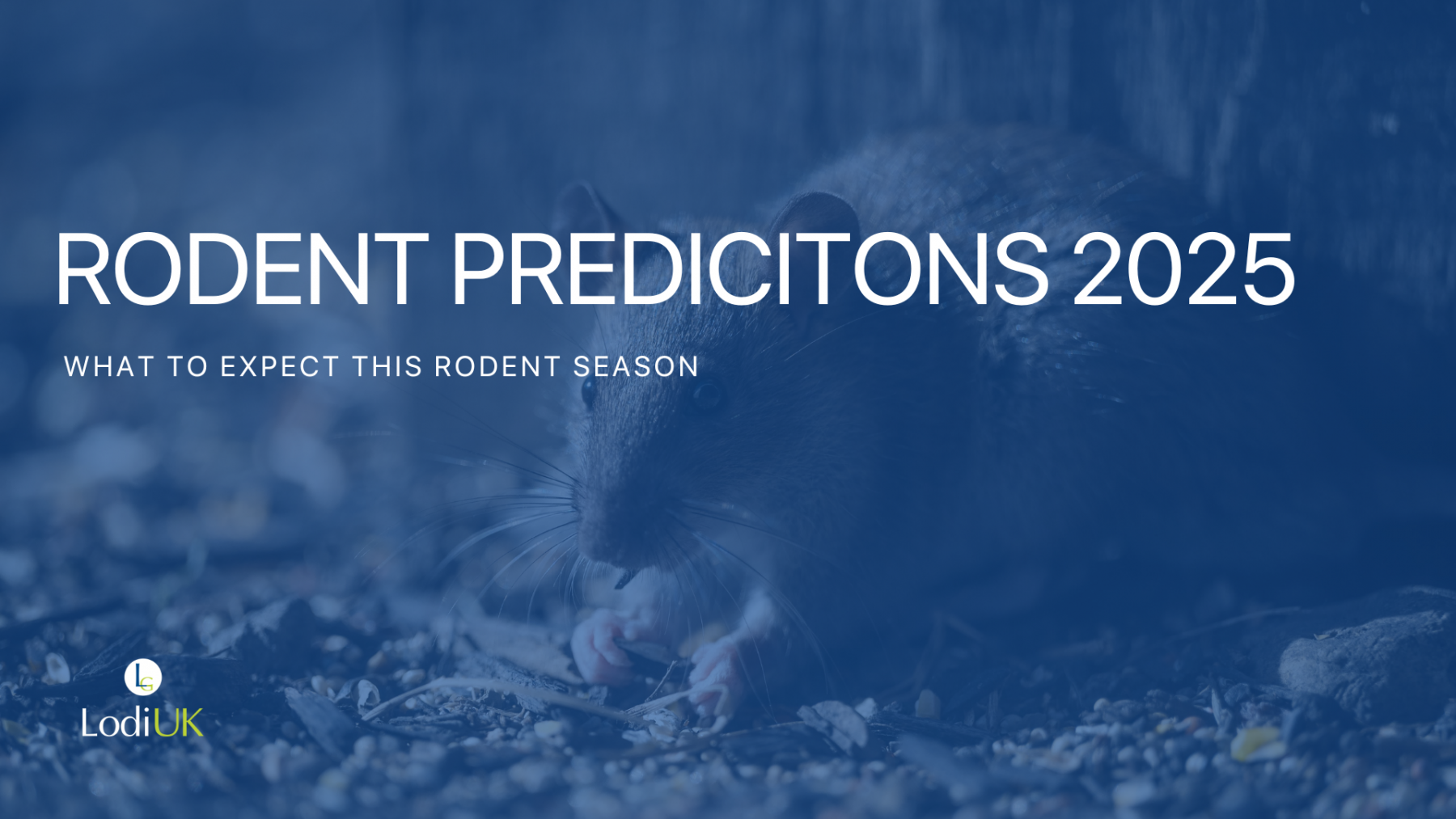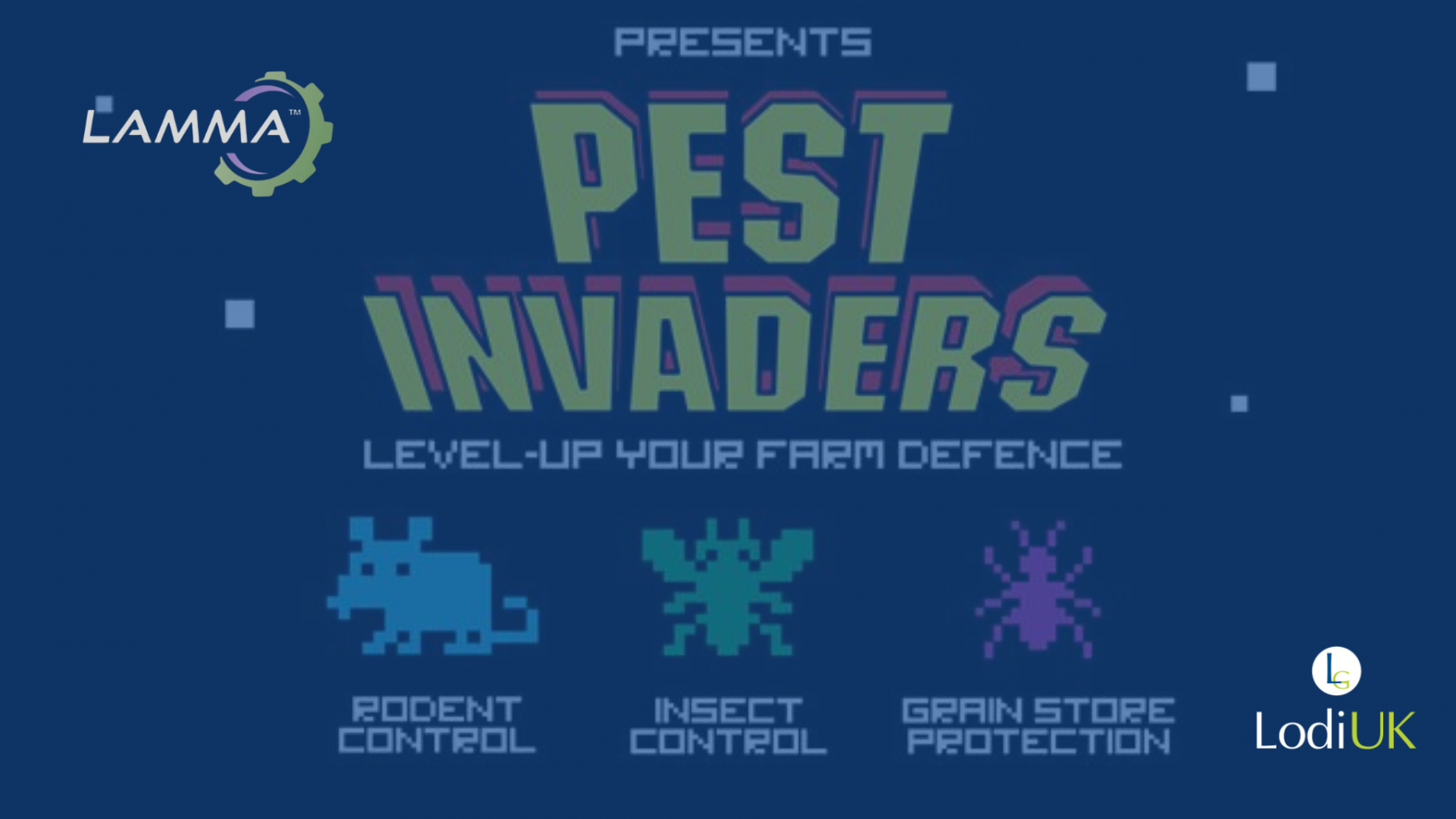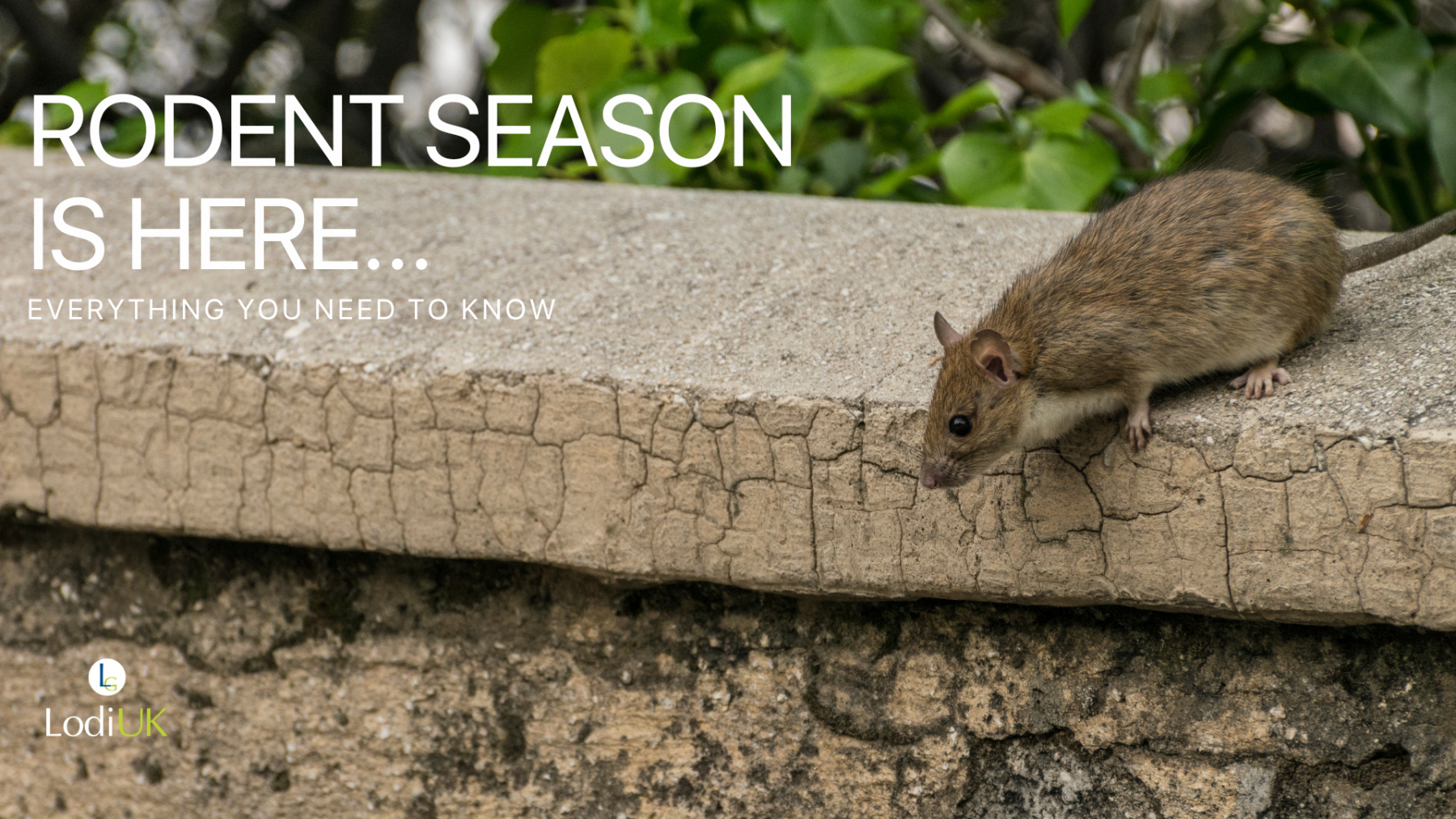
As temperatures drop and nights draw in, rodents start to seek warmth, shelter and easy access to food. Each winter brings a rise in callouts across homes, farms and businesses, but experts are warning that this season could see higher than usual rodent pressure. A combination of favourable breeding conditions, mild autumn weather and early cold snaps means rats and mice will be on the move sooner and in greater numbers than average. For pest control professionals, it is time to prepare.
The Numbers Behind the Predictions
Rodent populations across the UK have steadily grown over the past few years, with mild winters allowing more animals to survive and breed year-round. Local councils have reported that around 90% of pest-related callouts are for rodents, and some areas saw a 30 to 35% increase in rat reports towards the end of 2024 compared to earlier in the year. That pattern is expected to continue through 2025 and into early 2026.
Agricultural experts are also predicting increased pressure on farms. A long, warm autumn means there has been extra time for breeding before the cold sets in, leading to more mature rodents heading indoors once temperatures fall. Urban environments are particularly at risk. Warmer cities, consistent food waste and old drainage systems have allowed populations to thrive. With higher survival rates, pest controllers are likely to face larger colonies and more aggressive ingress when conditions outside worsen.
What This Means for Pest Controllers
This winter will demand a proactive approach. Rodents are likely to exploit every weakness in buildings, using pipes, drains and gaps around cables or vents to gain entry. Roof spaces, voids and basements will become prime nesting areas, while food-handling businesses and farms will face increased pressure around waste zones, animal housing, feed storage and machinery.
To manage this, pest controllers should focus on three key stages: inspection, monitoring and intervention. Thorough inspection is vital to locate points of entry and harbourage. Monitoring bait stations frequently to help identify movement and feeding patterns. Once activity is confirmed, treatment and proofing need to be carried out quickly and effectively to prevent the problem spreading. The most successful control strategies combine proofing, sanitation and responsible use of rodenticides.
Proofing and Prevention Come First
One of the simplest and most effective ways to reduce infestations is to make access impossible. Even small holes, around the width of a 10p coin, can allow a rat through. Using quality materials is essential for long-term prevention. Lodi UK’s Knitwire Mesh provides a strong physical barrier around vents, pipes and brickwork gaps. Where mesh cannot be used, Lodi’s Anti-Rodent Sealant fills cracks and joints to create a flexible but chew-resistant seal. For electrical cables, vehicle wiring or machinery, Lodi’s Anti-Rodent Spray is a reliable tool to help prevent gnawing and expensive damage.
Effective proofing should always be paired with environmental management. Food waste, animal feed and standing water all encourage rodent activity. Keeping these under control shortens the time it takes for baits and traps to work. Encouraging customers to seal food bins, close lids on outdoor waste containers and tidy stored materials will reduce competing food sources and help you maintain control.
Monitoring for Early Warning Signs
Once proofing is in place, focus on consistent monitoring. Placing tamper-resistant stations along walls, near service entries and around storage areas allows early detection of rodent movement. Indoor commercial premises, ceiling voids, plant rooms and riser shafts are often overlooked but can be key to tracing hidden infestations. On farms, perimeter areas, grain stores and livestock housing should be checked regularly.
During cold snaps, activity can change quickly as rodents search for new routes and resources. Shorter service intervals, every 7 to 10 days, ensure you stay ahead of the population curve. By spotting early signs such as gnaw marks or droppings near newly sealed areas, pest controllers can adjust placements and bait types before a small problem becomes widespread.
Choosing the Right Control Method
When it comes to treatment, matching the product to the environment is essential. The Racan professional range from Lodi UK offers a selection of formulations to suit different situations. Grain baits are highly attractive where feeding competition is high, while wax blocks work best in damp or dirty areas and can be fixed securely on a baiting rod to prevent scattering. Paste baits provide palatability and are particularly effective in colder conditions when rodents are feeding less.
Traps and cages remain an important option in sensitive locations such as kitchens, warehouses or animal housing. These can be used alongside baiting programmes to achieve control more quickly. Remember to always follow product labels for the correct application methods and rotate bait types where necessary to prevent bait shyness and ensure compliance with the CRRU Code of Best Practice.
Different Sectors, Different Pressures
For food-handling sites and retail outlets, ingress often begins around waste areas and quickly moves into storerooms or ceilings. Ensuring brush strips are intact, roller shutters are sealed at the base, and side gaps are closed will prevent repeat issues. Stations should be positioned along likely travel routes, and good housekeeping will limit competition for food.
In agriculture, rodent control is often more complex due to open structures and high food availability. Grain stores and feed bins are constant targets, especially during the colder months. Proofing vents, auger openings and wall joints with Lodi’s Knitwire Mesh can make a significant difference. Applying Anti-Rodent Spray to machinery, wiring and insulation materials will help prevent downtime caused by chewing. Regular inspection of stores and barns ensures that any fresh signs of activity are dealt with quickly before breeding cycles can begin.
Multi-unit buildings and shared properties are another growing concern. Faulty drains and open service voids create easy pathways between units. Pest controllers should work closely with property managers to repair structural defects and install drain covers or mesh barriers where needed. Effective communication with tenants is also key to ensure food and waste are properly managed.
Consistency Is Key
Every site is different, but successful control relies on the same foundations: proof, monitor, treat and maintain. Neglecting one step often leads to reinfestation, which can damage reputations and client trust. A consistent servicing schedule, regular inspections and accurate record keeping are what separate short-term fixes from long-term success.
Getting Ahead of the Season
Rodent activity will not wait until deep winter. Once the first frosts arrive, colonies will already be established and looking for warmth. Planning ahead is the most effective way to stay in control. Early autumn is the best time to review sites, check proofing, restock bait stations and prepare materials before demand peaks.
This winter, rodent pressure is expected to be higher than average, but with preparation and the right tools, it is entirely manageable. Using trusted Lodi UK products such as the Knitwire Mesh, Anti-Rodent Sealant, Anti-Rodent Spray and the Racan professional bait range will help pest controllers stay one step ahead of the problem. Combine those with good hygiene, persistent proofing and consistent monitoring, and you will be ready for whatever this winter brings.
RELATED DOWNLOADS









